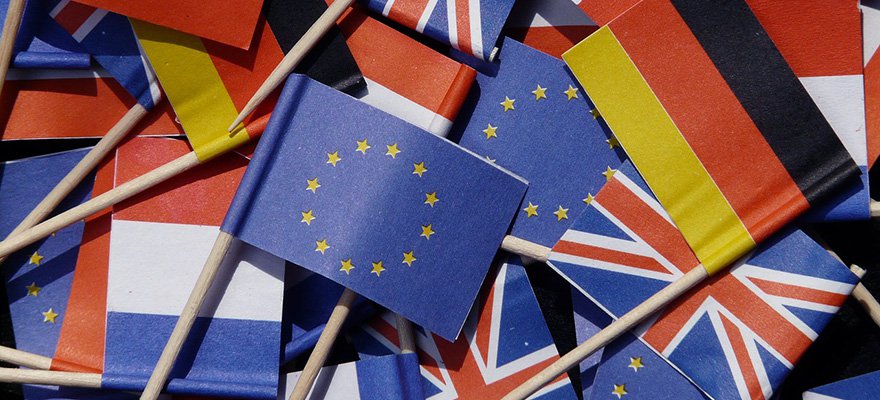The most famous phrase of the film Mary Poppins, was when the fictional character, Michael Banks, demanded his money back from the bank, which led to a full-scale bank run. A similar situation is now happening in the US, which is considered a jump from fiction to reality, mainly with the uncertainty surrounding Silicon Valley Bank (SVB) and Silvergate.
On the other side of the pond, the rise and fall of Credit Suisse has raised many regulatory questions that are now troubling not only the regulators and the European central banks but also consumers and credit providers that have relied on Credit Suisse for decades. The collapse of the bank due to poor financial management has similar indicators in the US with the collapse of Silvergate and of SVB, yet the root cause of the financial ruin was mainly due to reduced regulatory checks and balances that are mandated by the regulator, other than lack of effective financial management.
While the traditional banking sector is in ruins, banking clients are considering other banking instruments that might suit their needs in a more seamless and ironclad manner. As such, it is expected that there will be a rise in demand for open banking and their respective services, especially in cross-border transactions within the EU.
PSD2, the Directive that regulates the field of electronic money institutions, has been the cornerstone of open banking licensing for years. Thus, as there is no current regulatory plan to legislate under ordinary legislative procedures to issue PSD3, it is now viewed by many financial institutions at the beginning of their banking operations globally, especially banks that are not licensed in the EU.

To that effect, the disaster that occurred in Credit Suisse, bearing in mind the swift response of FINMA, the Swiss Regulator, that obliged UBS to acquire Credit Suisse, leaves the EU consumers, not only confused, but flabbergasted. This uncertainty in the market leads the clients to consider moving their banking from traditional banking to open banking and to multiple accounts in various financial institutions, both for merchants and for private banking.
The Absolute PERFECT Sequence Of Pictures To Describe The Credit Suisse Disaster. 🤣 pic.twitter.com/IshsMTgQar
— 🏴☠️ G-MAN 🏴☠️ (@GavinClimie) March 30, 2023
Hence, it is anticipated that the number of applications submitted to the financial regulators in the EU, will surge dramatically. It is to be expected that in the course of 2023 and 2024, the applications for open banking licenses under PSD2 will not only increase, but the services requested within the scope of the license will also enhance. The typical PSD2 license does not include exchange or crypto exchange services, and the current regulatory framework does not entitle the central banks to issue such licenses.
Therefore, it will be expected that joint applications will be launched. And, in case multiple regulators are involved, the applications will be dealt with separately. For instance, the Dutch Central Bank (DNB) receives applications for PSD2 licenses, and also for cryptocurrency exchange registration, yet the AML procedures and risk assessment undergo scrutiny from the AFM, the Dutch Authority for Financial Markets.
In times of great uncertainty, great prospects arise and to that effect, this might very well be a wake-up call to the regulators. Many market players are now uncertain as to how to follow the new regulatory whirlwind that has been unveiled in the past few months, which is part of the global recession we are now in. Even the crypto market, which is not directly correlated to PSD2 regulations, has received backlash from the recent market turmoil.
Mainstream exchanges are uncertain to the extent that they should liquidize their current cryptocurrency reserve, and the typical banking routes with the major banks in the US and the EU are becoming significantly slower. This is why the option of open banking is becoming increasingly popular amongst the financial market players, and why it is certain we will witness the renaissance of PSD2.






















